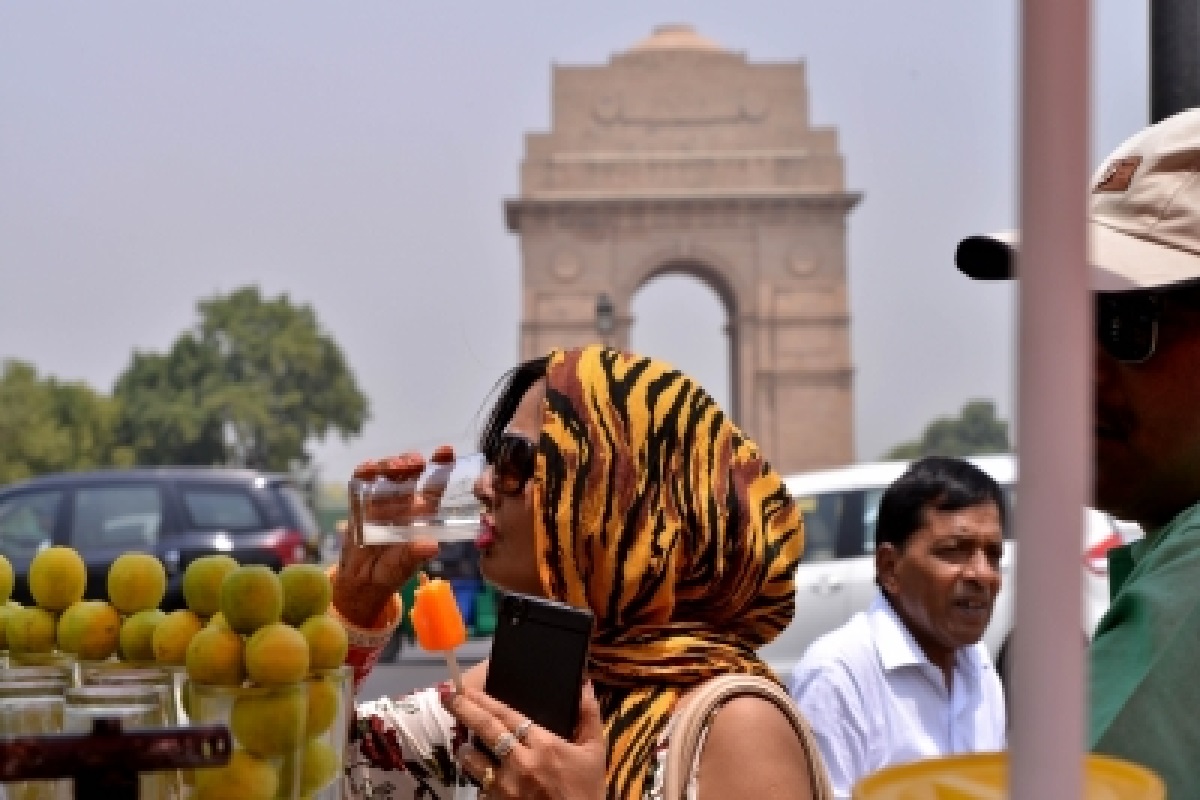Theatre Recovers
They resumed normal activity in the last couple of months. Courses in dramatics and theatre workshops are offered at most places.
The family could, therefore, sleep comfortably on ‘charpoys’ on the terrace or on the front lawns under a beautiful starlit sky.

Representation image (Photo: IANS)
This year, the summer heat has been relentless in Delhi since March. We had one of the hottest months of March ever followed by an oppressive April, with temperatures rising up to 45 degrees Celsius. When it rained at May-end, accompanied by a violent storm, the next few days had unbearable heat because of the absence of dust in the atmosphere.
Temperatures were higher than normal in May, and they peaked up to 49 degrees in some parts of the Capital. Delhi summers meant different things to different people. During the carefree childhood days, schools would shut for the annual vacation in early May and it was time to pack bags and baggage and head either for the hills or a lazy layoff at Nana-Nani’s place.
Advertisement
If it involved a train journey then it was a bonus. Life was so simple and uncomplicated that even a long train journey by the ‘cattle class’, with hot winds from the parched Gangetic plains and coal dust from panting steam engines entering through the windows, meant joy.
Advertisement
Buying tasty foodstuffs on the way and father running to the nearest tap at intermediate stations to fill the ubiquitous ‘surahi’ or earthen water vessel still flashes across the mind. This was also the time when the neighborhood would resound with the sing-song verses of the seasonal ‘phalse wala’ or the ‘jamunwala’ announcing the arrival of the summer delights on circular wicker baskets balanced perfectly on their heads.
While the hot arid winds would keep us indoors during the daytime, the evenings were cool because hordes of trees had not been sacrificed at the altar of modernisation, and the word ‘pollution’ had not yet entered our everyday lexicon.
The family could, therefore, sleep comfortably on ‘charpoys’ on the terrace or on the front lawns under a beautiful starlit sky. Water was available aplenty round the clock and power outages were unknown. Village yorkels would bring ‘matkas’, ‘gharas’ and ‘surahis’ on don key-back for sale, a common spectacle lost forever.
Air con ditioners were a luxury and even the pleasant-smelling Khas Khas screens, watered inter mittently, were available to only a few and sundry, especially in government offices. Come June and the juiciest mangoes from Uttar Pradesh like langra, dusseheri and chausa would keep us busy for the next couple of months.
And yes, they sold for less than a rupee per kilo in those days. The small and oval-shaped yellow ‘kharbuja’ (melon) from Lucknow and the huge ‘tarbooj’ (watermelon) from the sandy bed of the Yamuna was the other summer fruits we gorged on with great relish.
Advertisement